20 Common Foods You're Probably Storing Wrong
Avoid waste and spoilage by making minor storage adjustments to keep food fresh and flavorful.
- Chris Graciano
- 4 min read
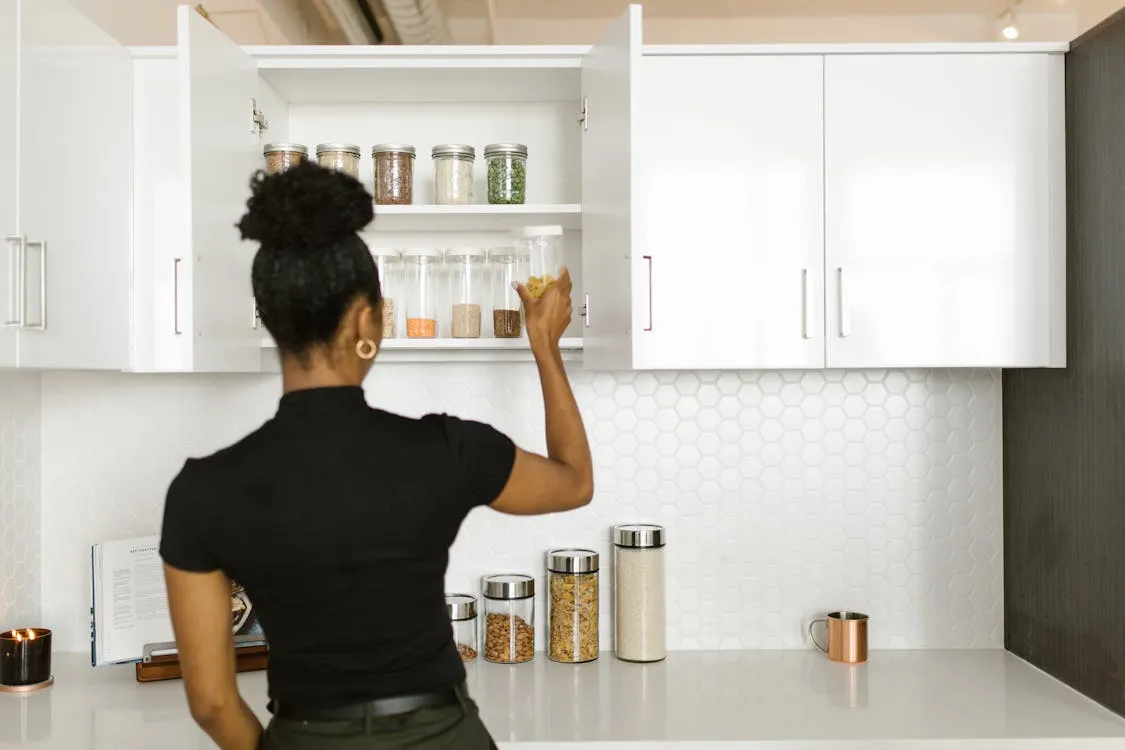
Opening the fridge to find spoiled food or stale bread is as frustrating as it gets. When incorrectly storing foods, it can spoil them faster, which can lead to to waste and unnecessary spending. Surprisingly, there are plenty of common produce that are stored in improper environments. This article will guide you through the proper storage of 20 common foods, so you can enjoy them longer.
1. Bread
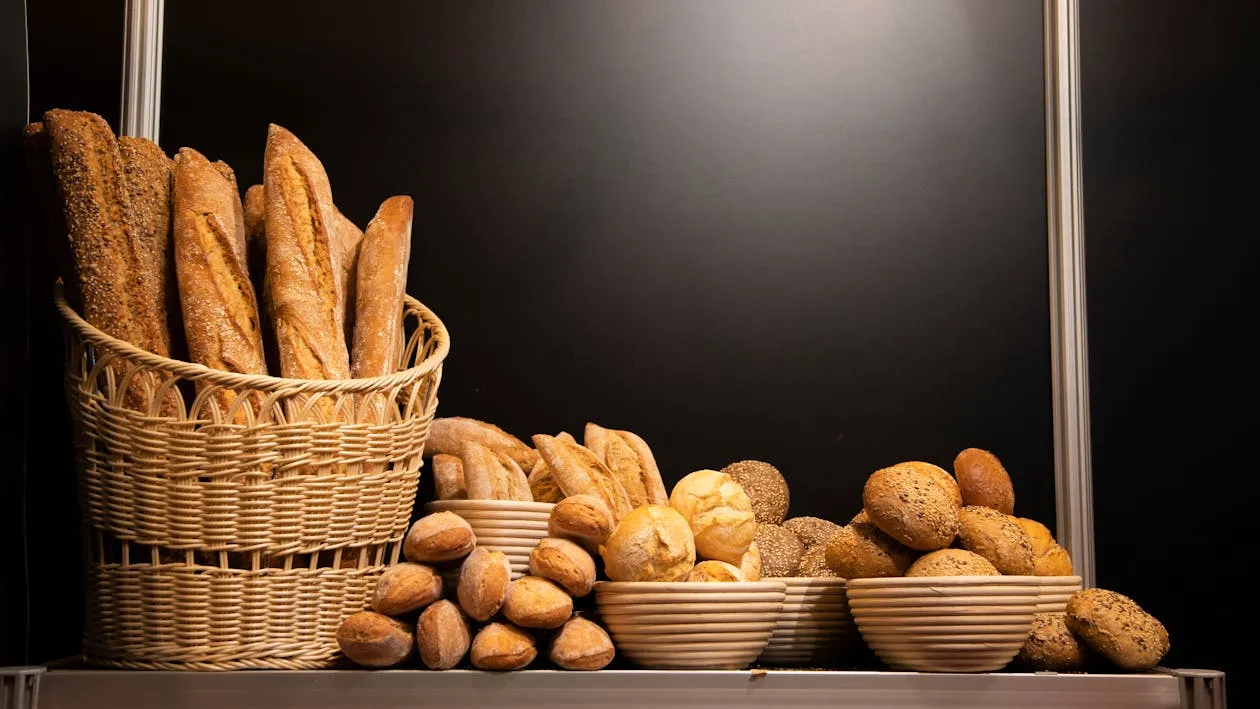 Maria Fernanda Perez on Pexels
Maria Fernanda Perez on Pexels
Often, we store bread inside the fridge. However, this dries it up quickly. It’s best to store bread in a bread box at room temperature.
2. Tomatoes
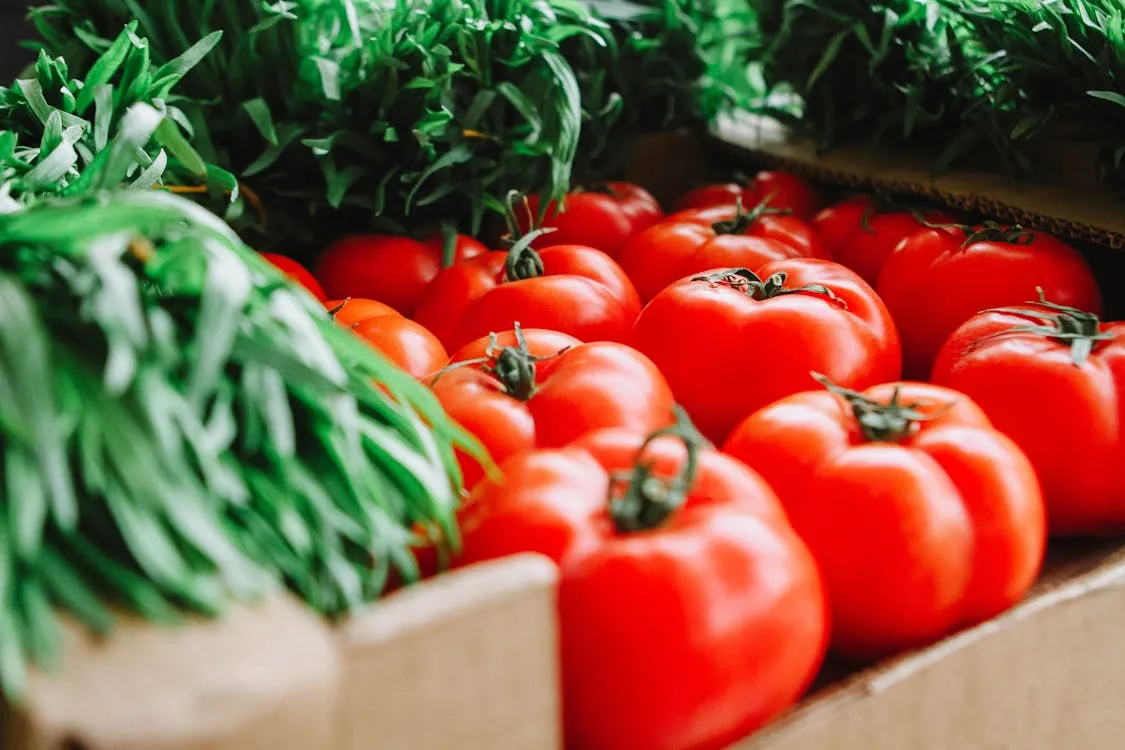 Rauf Allahverdiyev on Pexels
Rauf Allahverdiyev on Pexels
Stop storing tomatoes inside the refrigerator. This will cause them to lose flavor and texture. Place them at room temperature and away from sunlight. You can only store tomatoes in the fridge if they’re ripe and you can’t eat them right away.
3. Potatoes
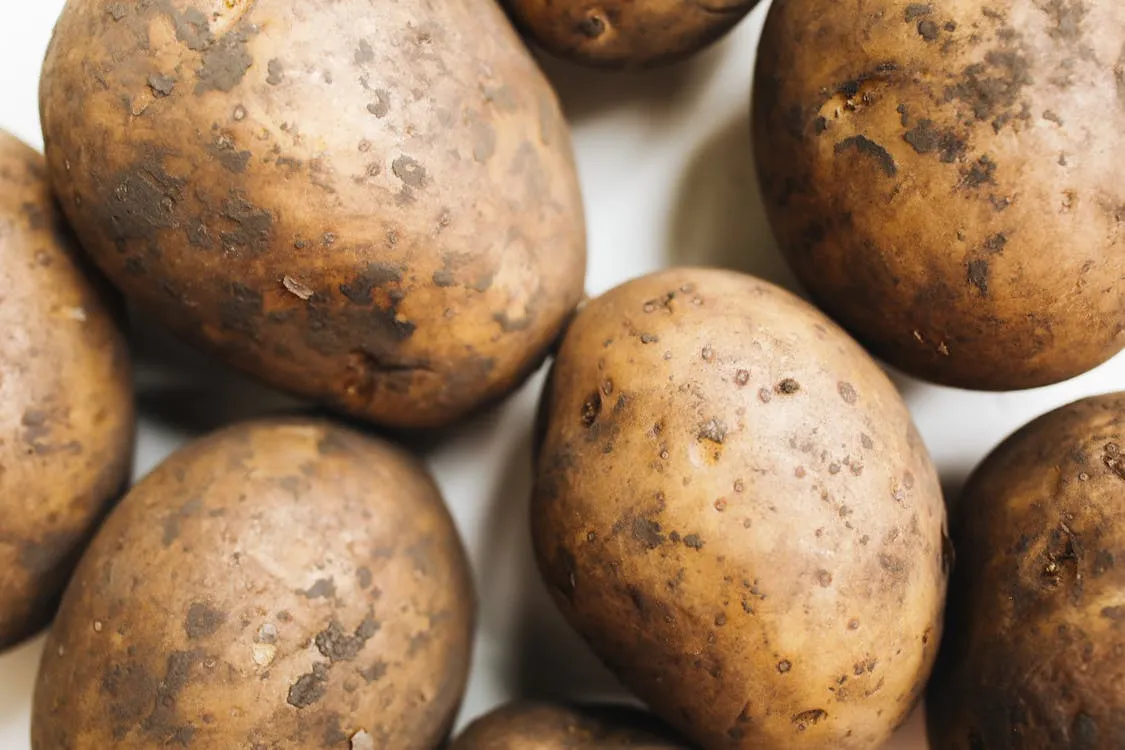 Polina Tankilevitch on Pexels
Polina Tankilevitch on Pexels
Since potatoes are starchy, storing them in a relaxed environment can turn that starch into sugar. The proper way to store potatoes is in a dark and dry place, like inside a burlap bag.
4. Bananas
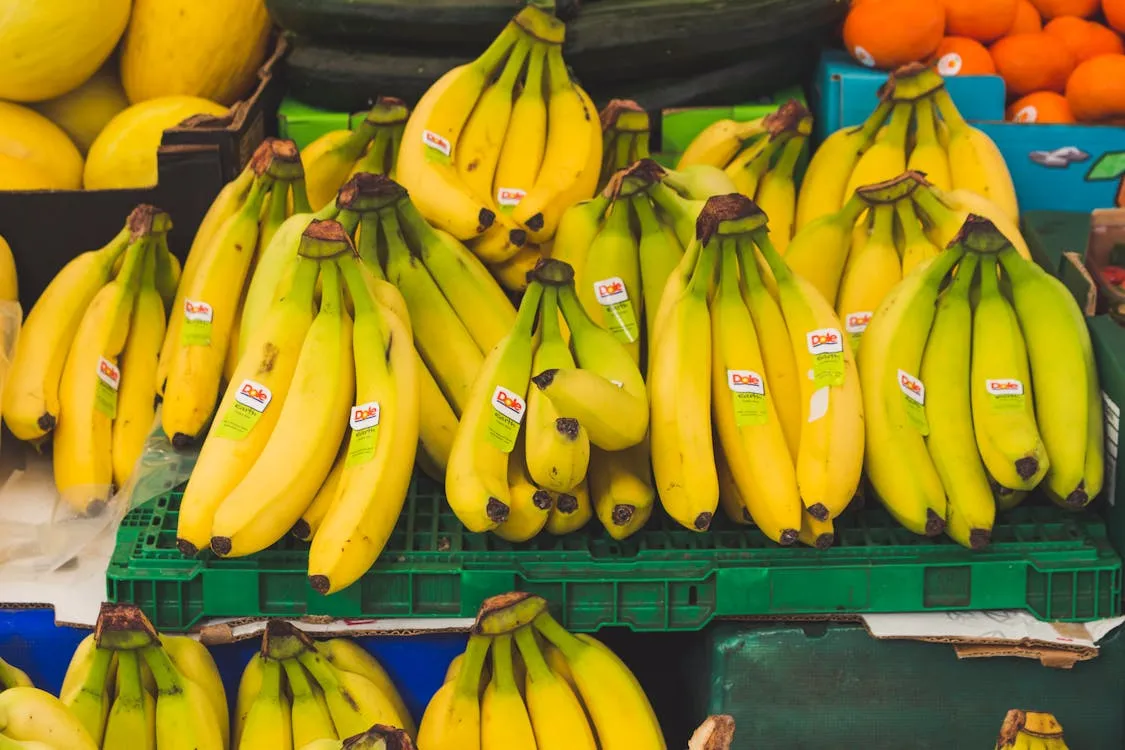 Dom J on Pexels
Dom J on Pexels
If you store bananas in the fridge, they can quickly turn brown. Instead, store them on a counter until they’re ripe.
5. Onions
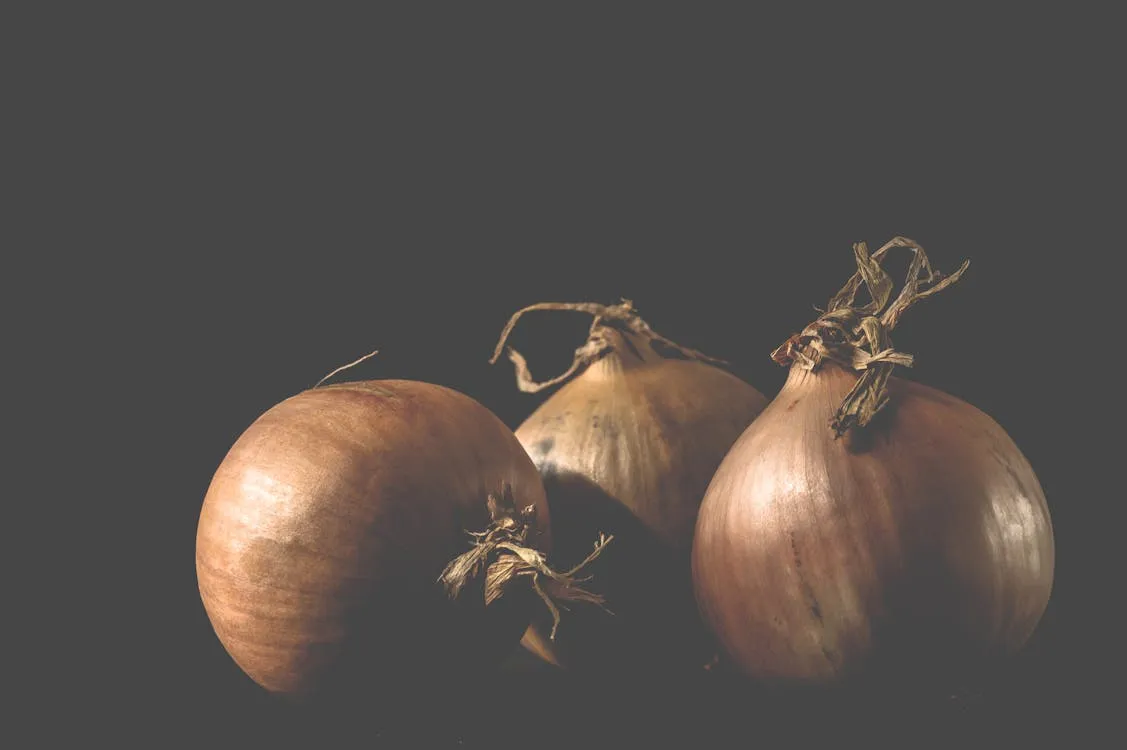 Ylanite Koppens on Pexels
Ylanite Koppens on Pexels
Never store onions with other produce because they emit ethylene gas, which can cause other foods to ripen and spoil faster. Instead, store them in a dry place with enough ventilation to prevent moisture build-up and sprouting.
6. Avocados
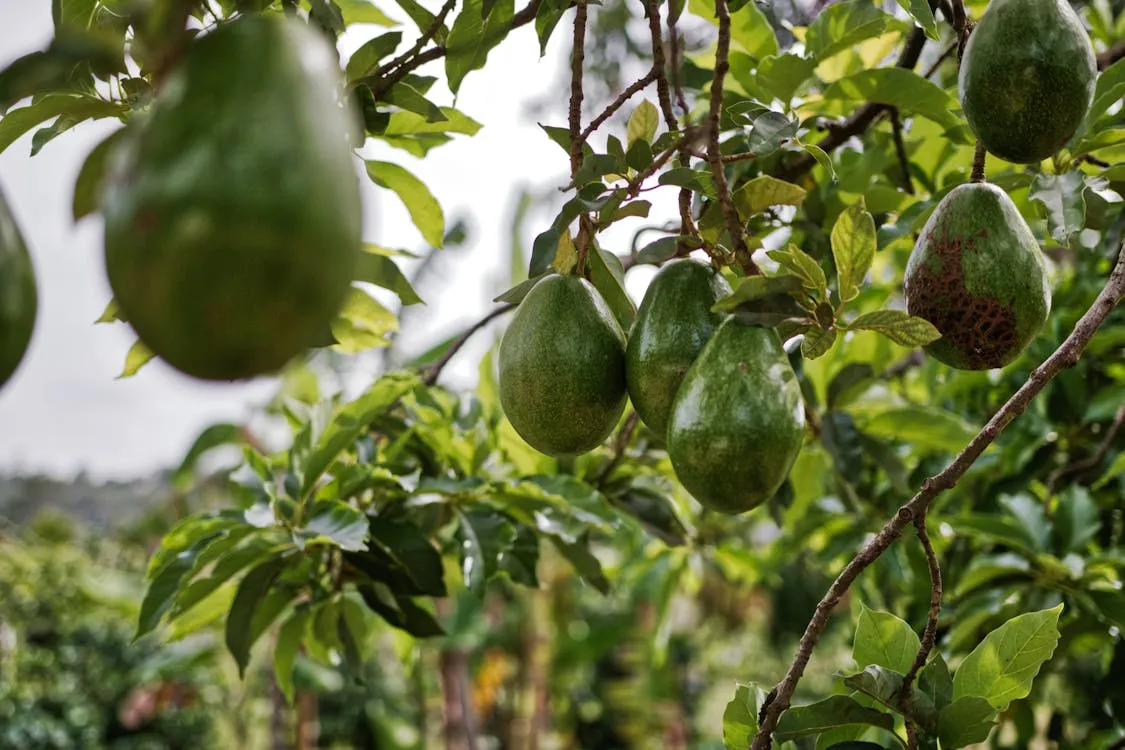 Matthias Oben on Pexels
Matthias Oben on Pexels
If your avocados are unripe, store them on a counter. Once ripe, place them in the fridge if you can’t consume them instantly.
7. Garlic
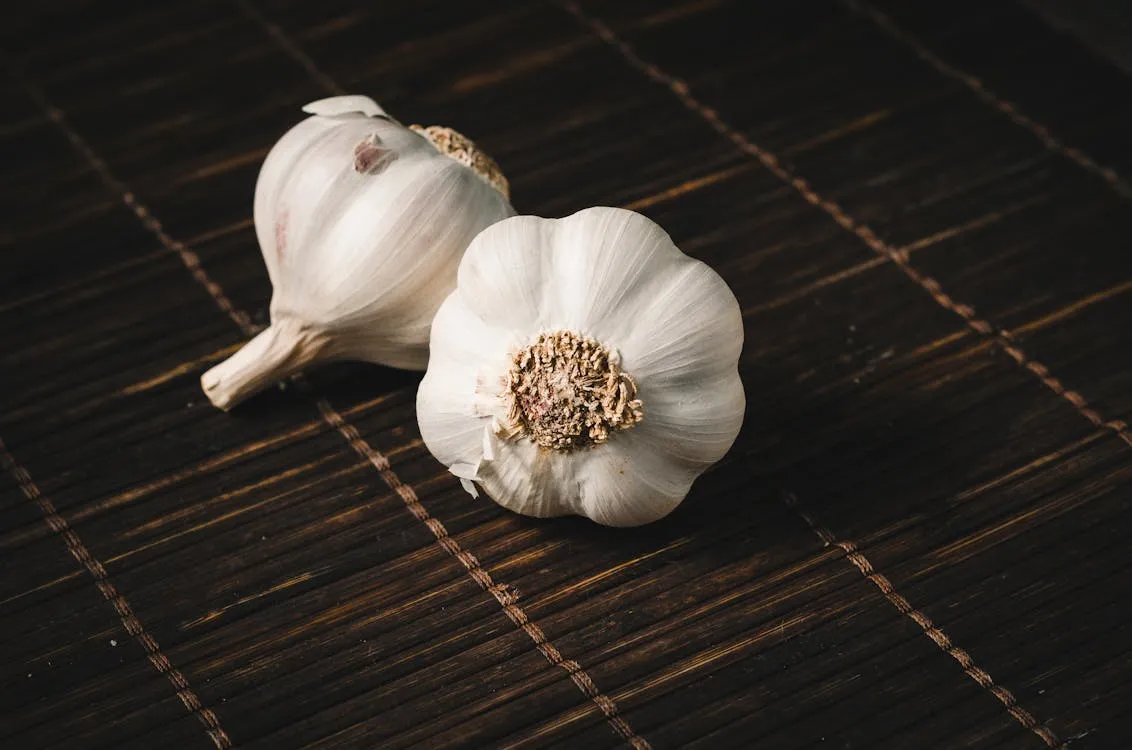 Isabella Mendes on Pexels
Isabella Mendes on Pexels
Avoid storing garlic in the fridge, as this can soften it and make it sprout. Instead, keep it in a cool and dry area, such as a bowl or a basket.
8. Eggs
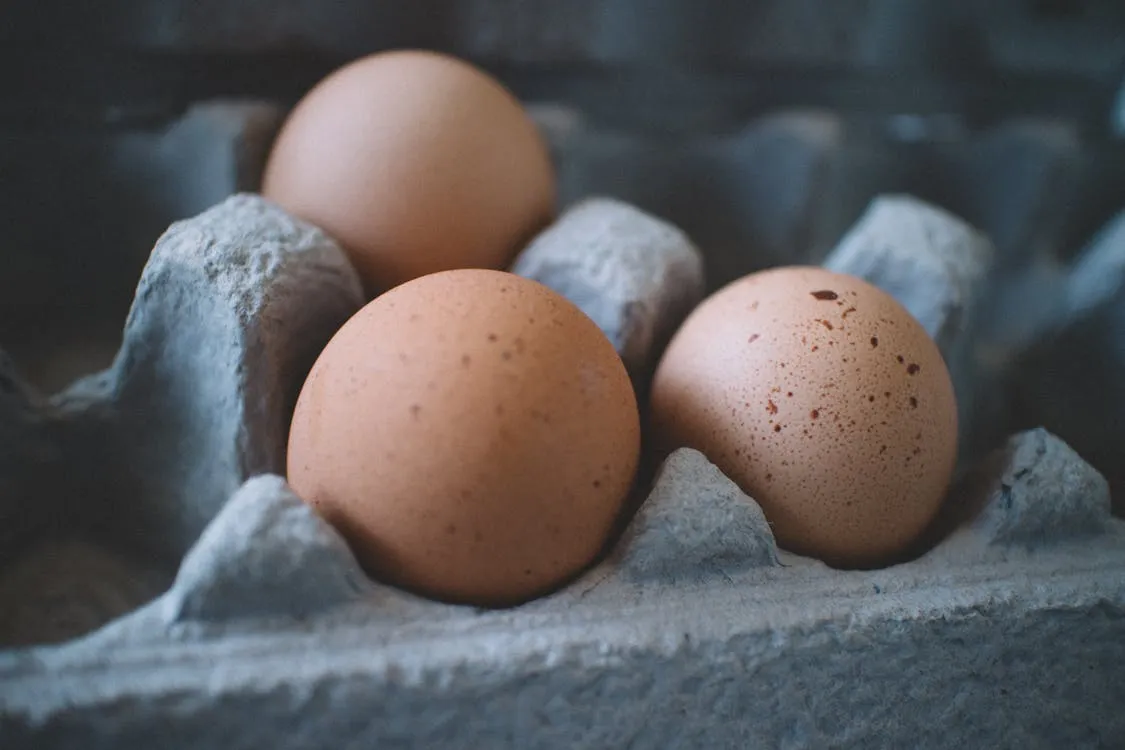 Monserrat Soldú on Pexels
Monserrat Soldú on Pexels
We often keep eggs inside the fridge right at the door. However, temperatures fluctuate in that area, so storing eggs on the middle shelf is best.
9. Apples
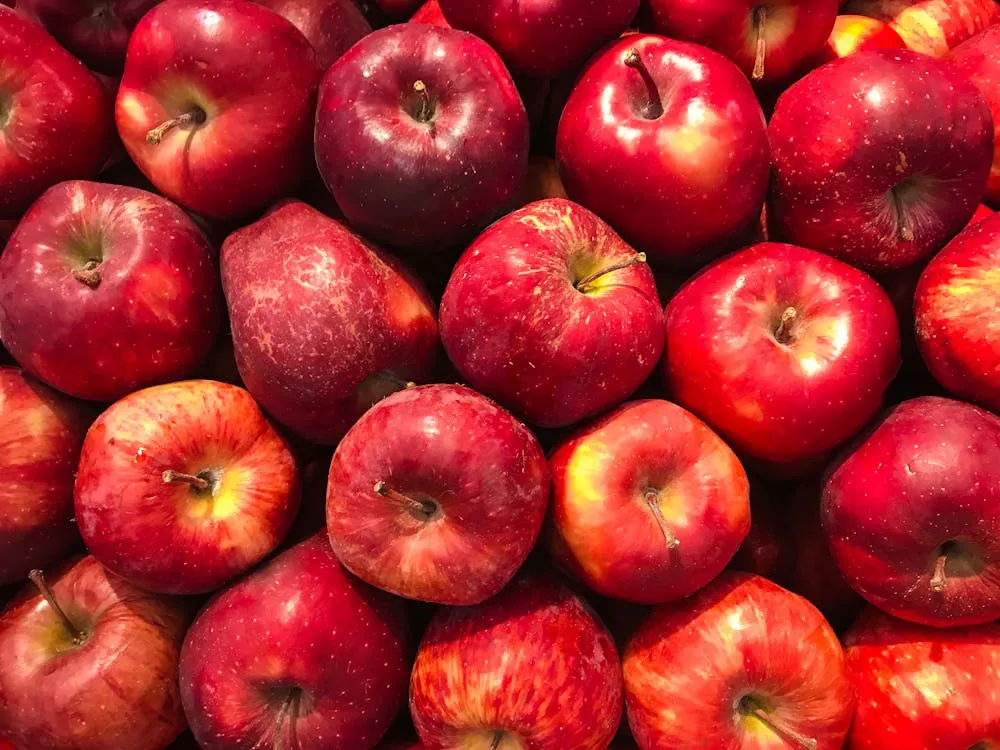 Matheus Cenali on Pexels
Matheus Cenali on Pexels
Storing it inside the fridge is best as soon as an apple ripens, especially in the crisper drawer. This helps keep the apple fresh and crisp.
10. Honey
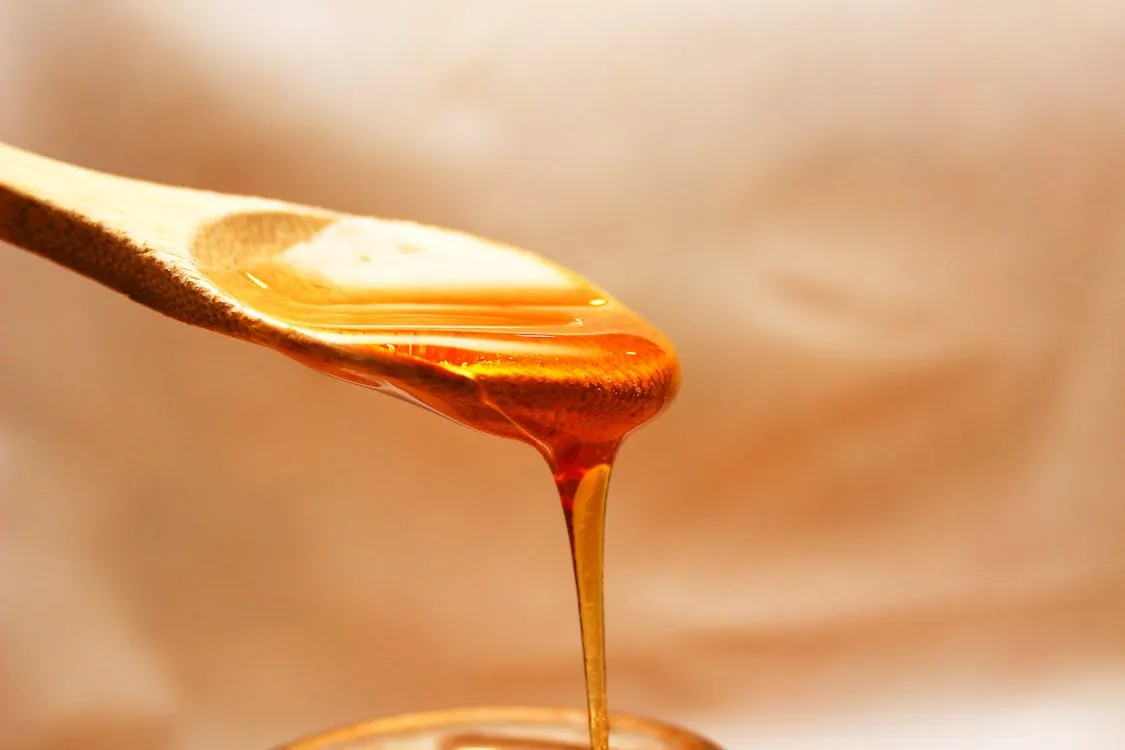 Three-shots on Pexels
Three-shots on Pexels
Never store honey in the refrigerator, as this can lead to crystallization. Only store honey in a tightly sealed container at room temperature.
11. Coffee Beans
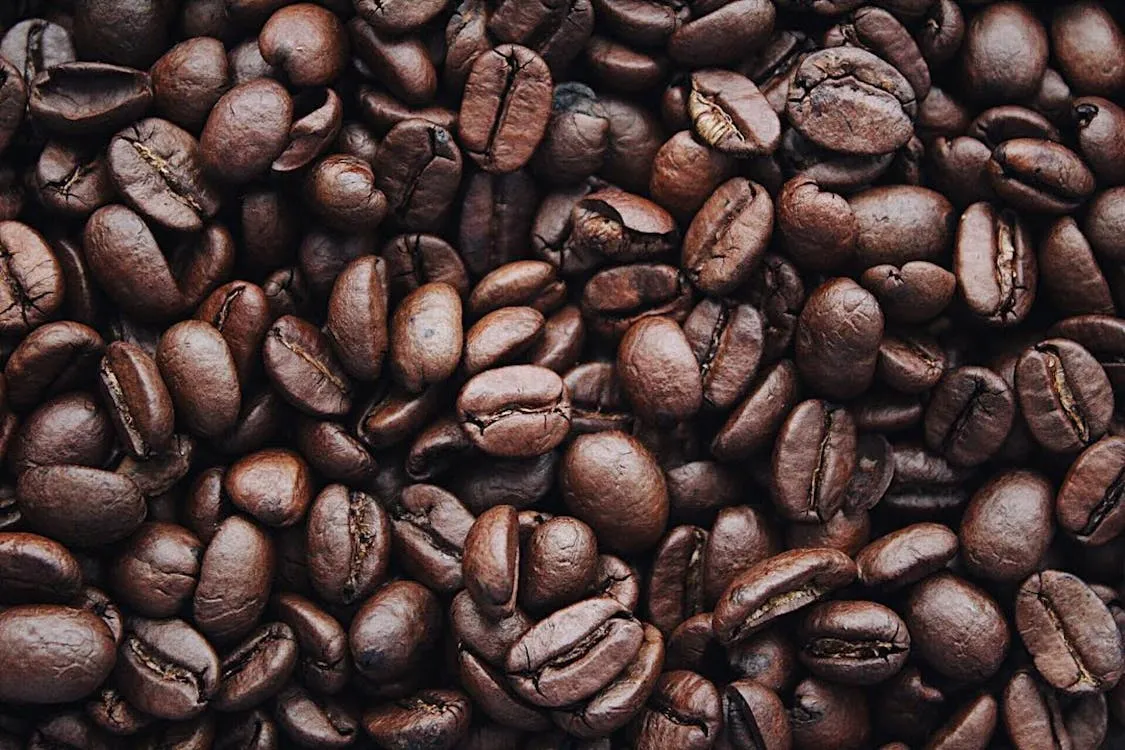 Igor Haritanovich on Pexels
Igor Haritanovich on Pexels
Keeping coffee beans in the fridge introduces them to moisture, making coffee taste stale. Store the beans in an airtight container and place it inside a cabinet.
12. Berries
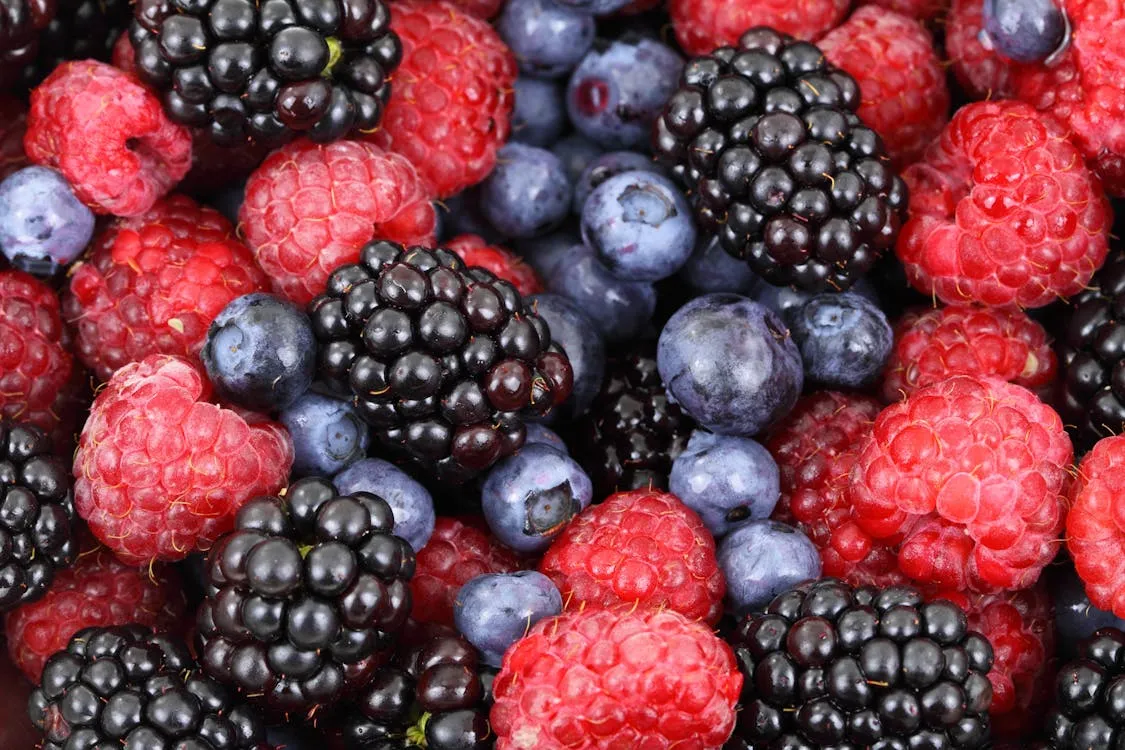 Public Domain Pictures on Pexels
Public Domain Pictures on Pexels
Store berries inside the fridge to keep them fresh. Wash them only when you’re going to consume them, as washing and storing them in the refrigerator can lead to mold.
13. Herbs
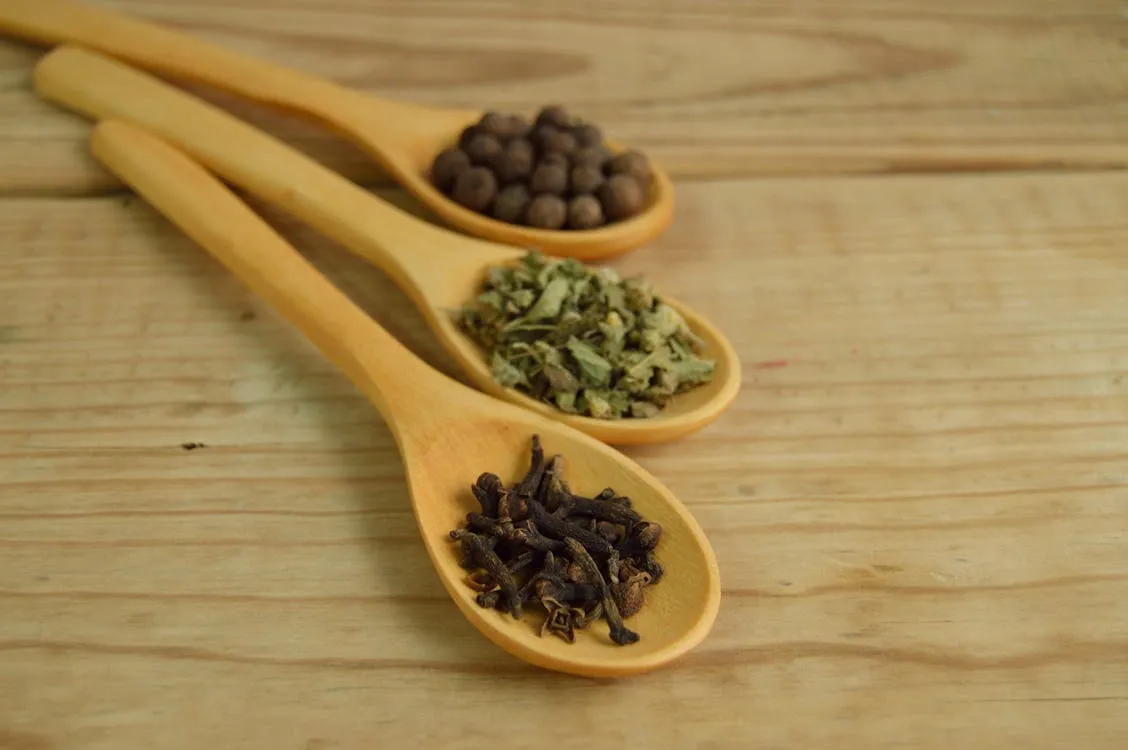 Miguel Á. Padriñán on Pexels
Miguel Á. Padriñán on Pexels
Store herbs in a damp paper towel inside the fridge to keep them fresh. This helps keep your herbs fresh and ready for cooking.
14. Cheese
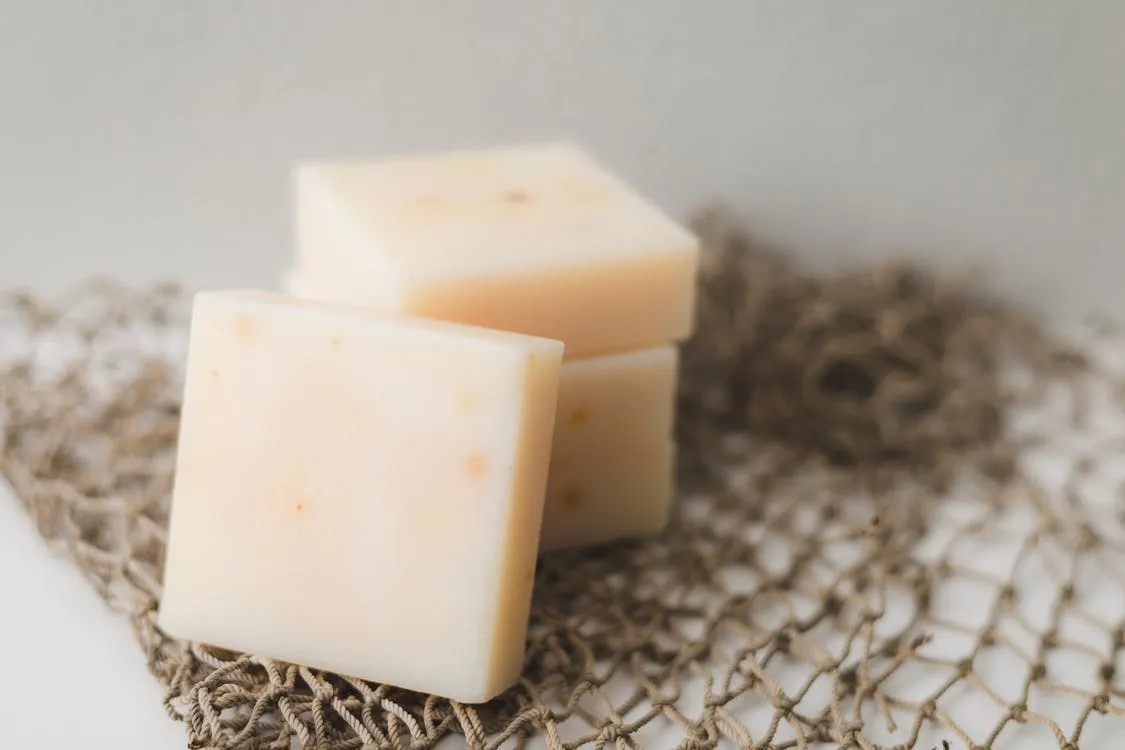 Tabitha Mort on Pexels
Tabitha Mort on Pexels
Please avoid using plastic wrap when storing cheese, as it can trap moisture. Try using parchment paper or cheese wrapping paper to preserve flavor and texture.
15. Nuts
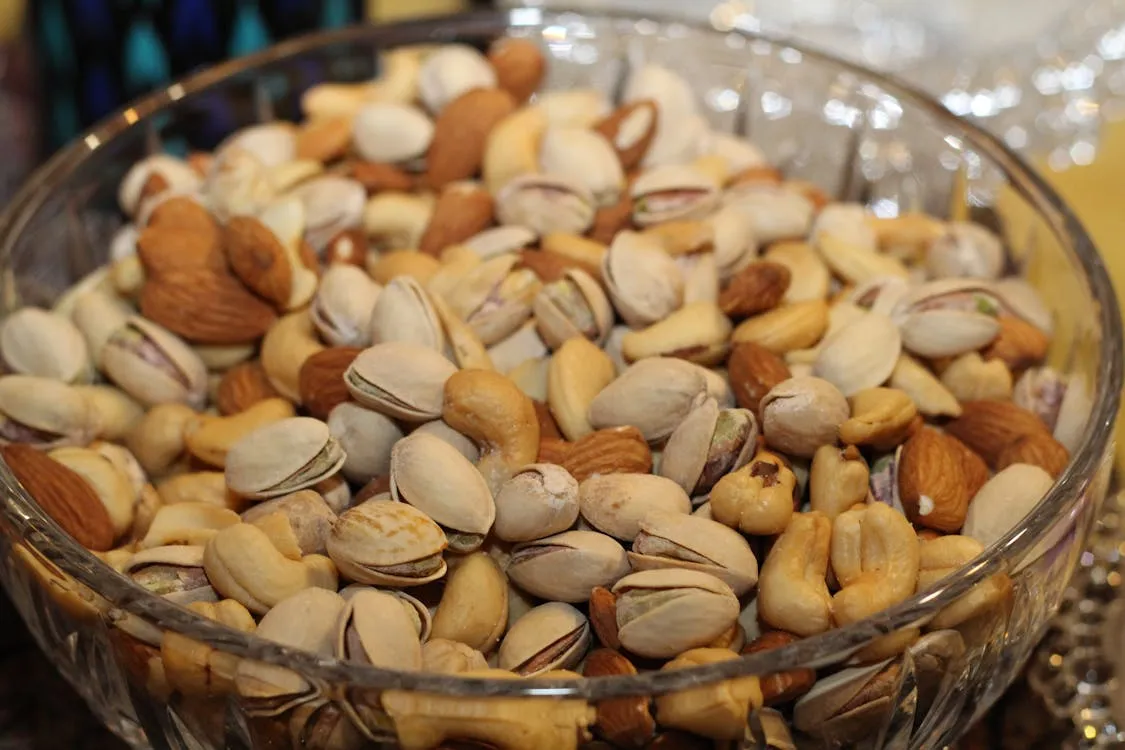 Mehran B on Pexels
Mehran B on Pexels
To stop the oil inside the nuts from going rancid. Store them in a tight seal container and place them inside the refrigerator.
16. Carrots
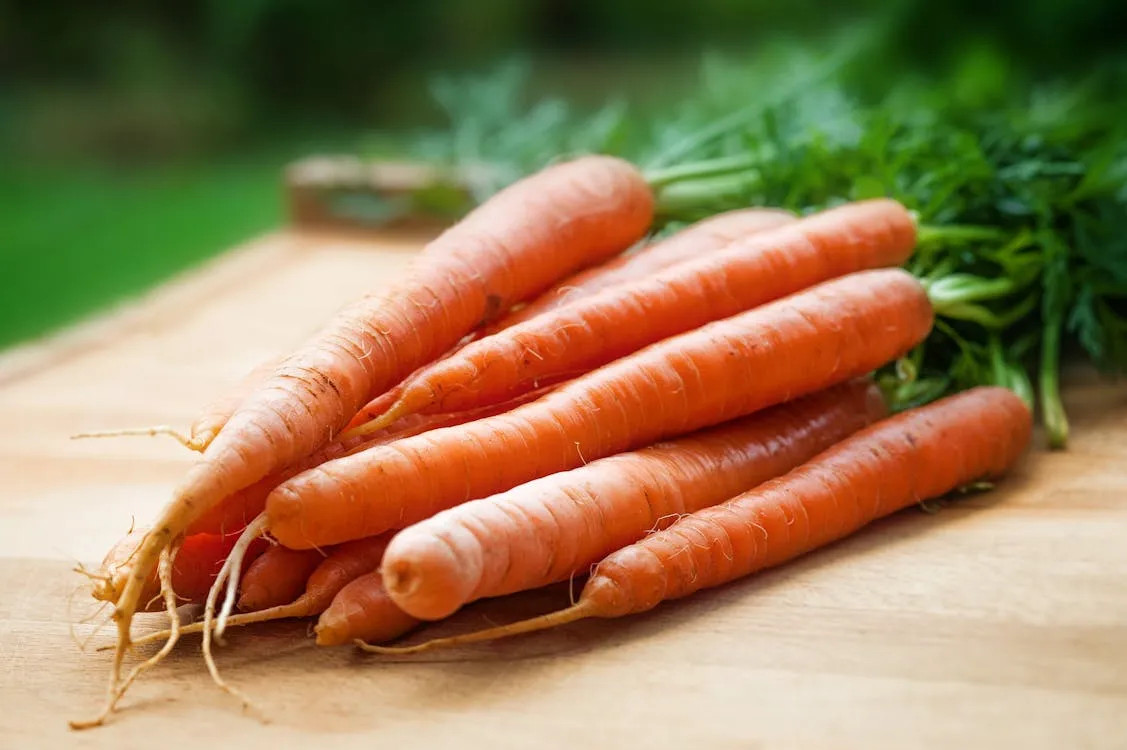 Mali Maeder on Pexels
Mali Maeder on Pexels
Before storing them in the crisper drawer in your fridge, roll your carrots in a damp paper towel. This will maintain their crunch and flavor.
17. Flour
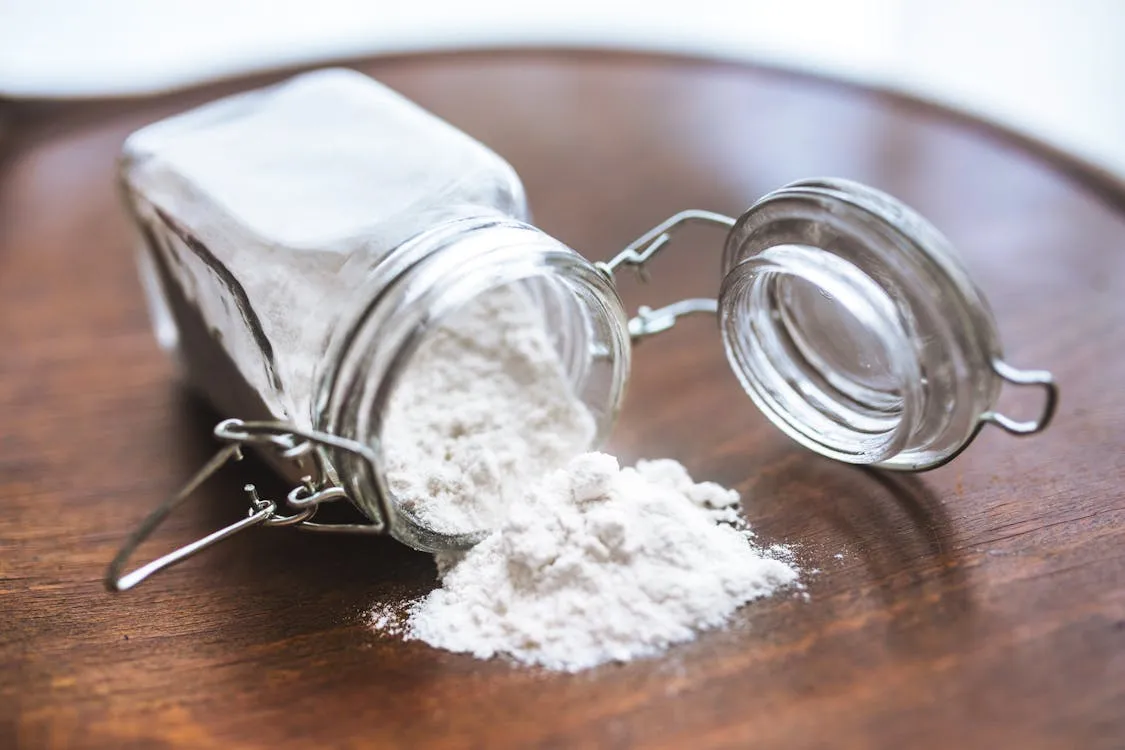 Karolina Grabowska on Pexels
Karolina Grabowska on Pexels
When storing flour, place it in an airtight container and keep it in a cool and dry spot. If you’re planning to store it for an extended period of time, place it in the freezer.
18. Milk
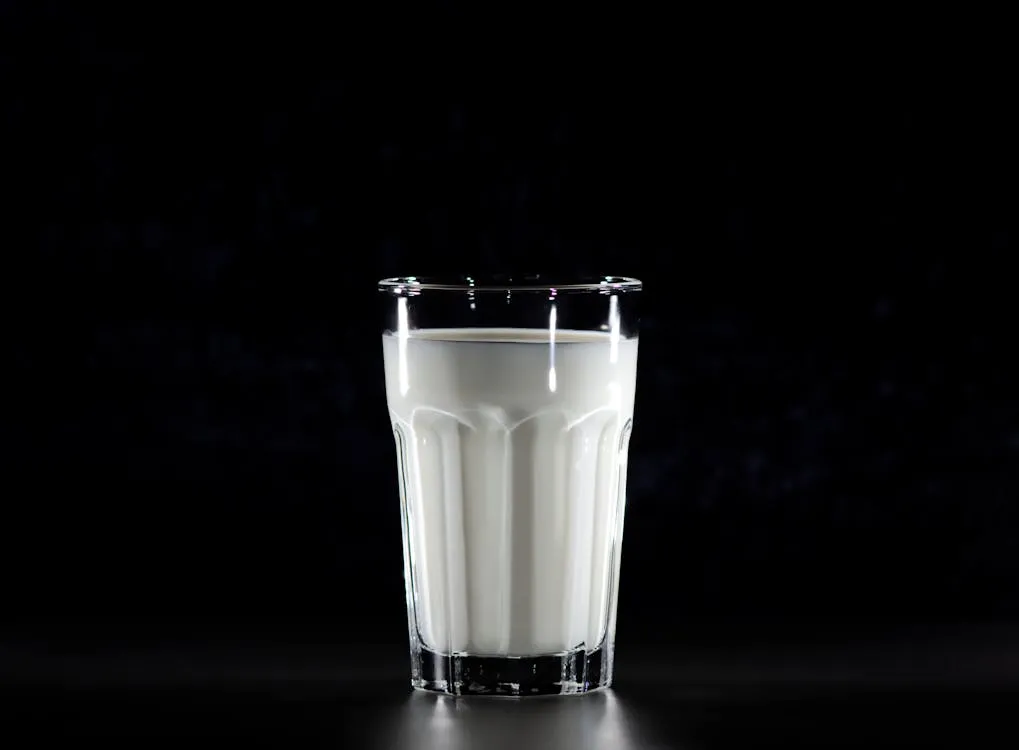 Alexas Fotos on Pexels
Alexas Fotos on Pexels
Avoid storing milk in the refrigerator door. Please keep it on the middle shelf where temperatures are more stable. This helps prolong the freshness of the milk.
19. Cucumbers
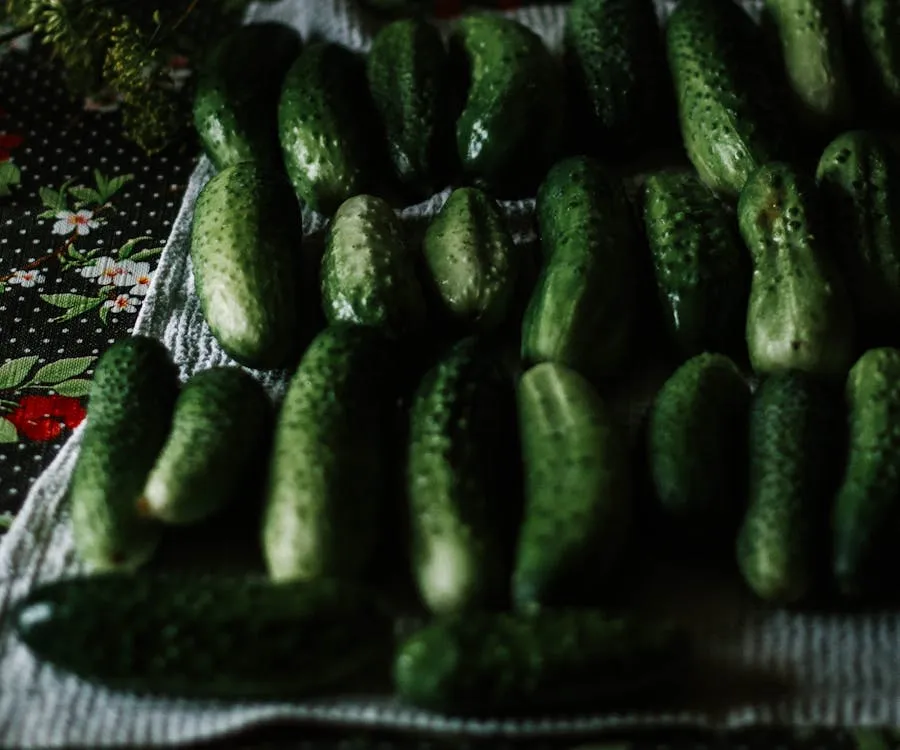 Marta Dzedyshko on Pexels
Marta Dzedyshko on Pexels
Do not place cucumbers with other produce inside the fridge, as this can make them soggy. It is best to store them on a counter at room temperature.
20. Peanut Butter
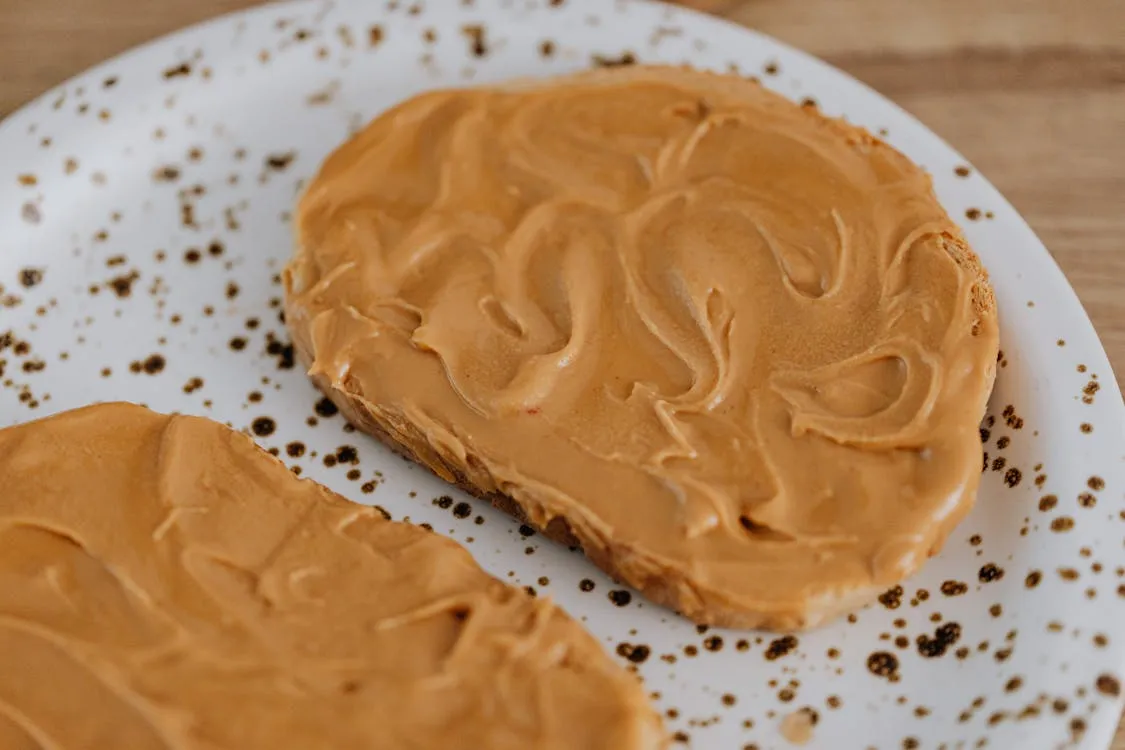 Kaboompics.com on Pexels
Kaboompics.com on Pexels
You can leave most peanut butter on a kitchen counter at room temperature. However, for natural varieties of peanut butter, it’s best to keep them in the fridge to prevent the separation of peanut solids and oil.